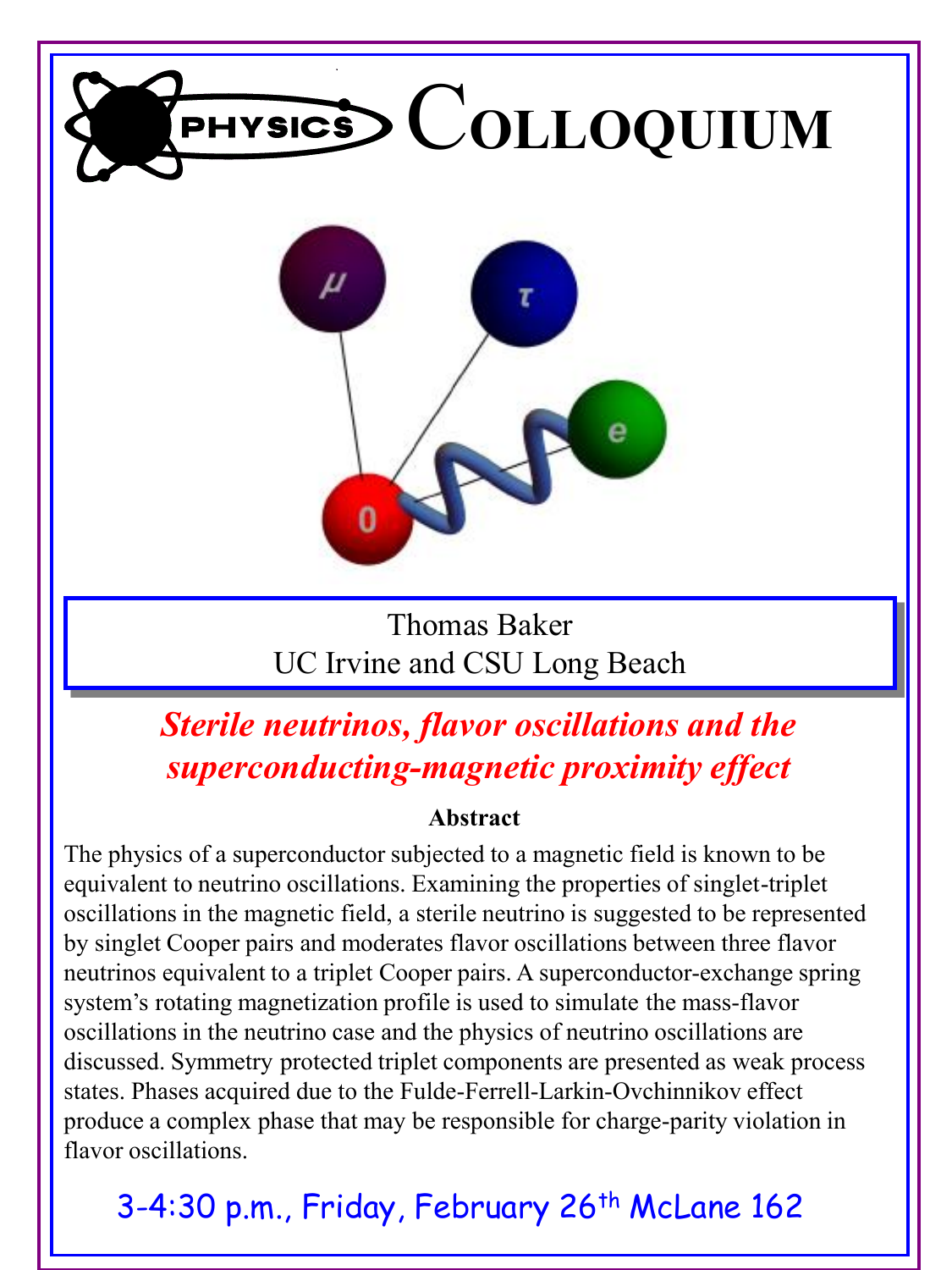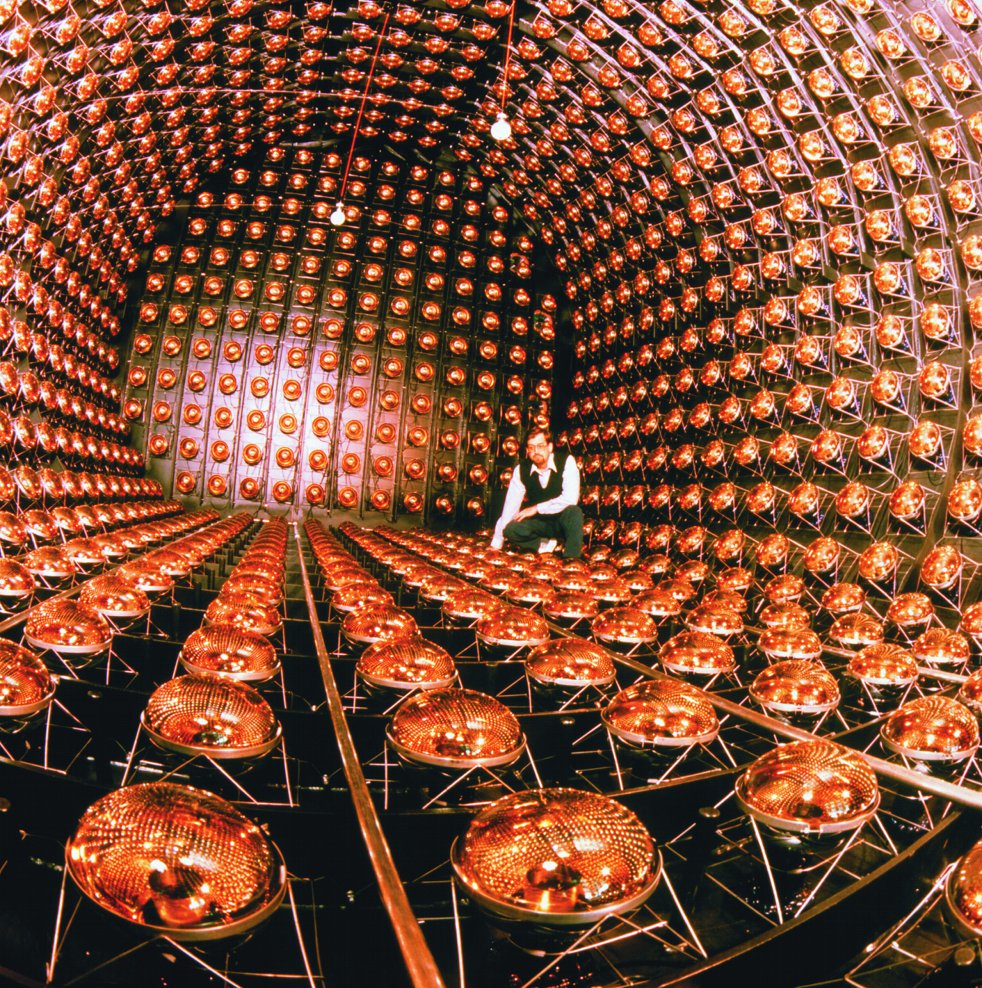

Typically, a low-energy neutrino will travel through many light-years of normal matter before interacting with anything.

To detect neutrinos, very large and very sensitive detectors are required. This fact leads to dividing the leptons into three families, each with a charged lepton and its accompanying neutrino. In particle interactions, although electrons and electron-neutrinos can be created and destroyed, the sum of the number of electrons and electron-neutrinos is conserved. The three neutrino types appear to be distinct: For instance, when muon-neutrinos interact with a target, they will always produce muons, and never taus or electrons. In addition to the electron (and it's anti-particle, the positron), the charged leptons include the muon (with a mass 200 times greater than that of the electron), the tau (with mass 3,500 times greater than that of the electron) and their anti-particles.īoth the muon and the tau, like the electron, have accompanying neutrinos, which are called the muon-neutrino and tau-neutrino. Particles with this property are termed leptons. Nuclear forces treat electrons and neutrinos identically neither participate in the strong nuclear force, but both participate equally in the weak nuclear force. Because they have very little interaction with matter, however, they are incredibly difficult to detect. Neutrinos are one of the most abundant particles in the universe. The neutrinos detected in this event are probably muon-neutrinos, produced when cosmic rays strike the earth's atmosphere.Ī neutrino is a subatomic particle that is very similar to an electron, but has no electrical charge and a very small mass, which might even be zero. Neutrino collisions are just so rare.NEUTRINO TRAILS.When a neutrino hits the heavy water in the detector's spherical vessel, a cone of light-here clearly visible in red-spreads out to sensors surrounding the device. A big target to hit, with lots and lots of nuclei. To measure neutrini you need huge experiment. This means the lightest neutrini don’t decay, they oscillate between flavors. Untangling the identity of a neutrino is a tricky business, mostly because they can change from one flavor to another without changing their mass. To make things even more confusing, we don’t even know if the neutrino has a distinct, antiparticle partner, like the positron or if it is its own antiparticle, like the photon. One of the few known particle species with this property\(^\). What we now understand is that there’s a difference between the mass of the neutrino and its flavor - you know, electron, muon or tau. This was a major confusion for a long time. In short, a neutrino’s identity is a total mess! But here’s the thing: the electron neutrino is a combination of all three. There are three kinds of neutrinos, each with its own mass. How can it be that we know the neutrino has a mass, but not know what that mass is? This fact has a curious - if convoluted - explanation. Some rather clever experiments have now ruled that possibility out. The neutrino is so light it was originally thought to be massless. It’s not even known which neutrino is the heaviest. Their mass appears to be less than an eV. Its mass is so small experiments haven’t even been able to pin down its value. The neutrino is far and away the lightest, massive particle ever discovered. The neutrino comes in three flavors, each partnered with a charged lepton.
#Neutrino field full#
Even outer space is chockablock full of neutrini! So is the nuclear fission in power plants. So are the radioactive decays of heavy elements deep within the Earth.

Fusion in the core of the sun is a huge source of neutrini. Like electrons, neutrini are stable particles, and are generated all the time in nuclear reactions. We can measure neutrini only because there are so many of them out there. Vast swarms of neutrinos - or neutrini - are passing through the earth - through us! - all the time. Unlike the proton or the neutron, which both interact via the all of nature’s forces, the neutrino only interacts via the weak force and gravity - making it truly hard to measure. The tiny, neutral one - or neutrino - has caused a lot of consternation since its discovery.Īs the positively charged proton has the neutral neutron, so too does the electron has a neutral partner, the neutrino.


 0 kommentar(er)
0 kommentar(er)
